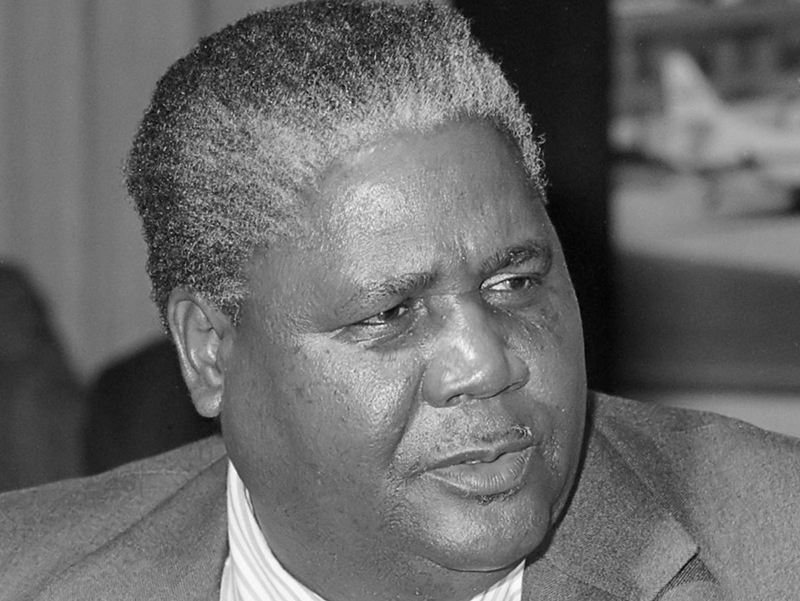Historian, Stuart Doran, who has written extensively on Gukurahundi, has said the ruling Zanu-PF party did not have structures in Matabeleland during the liberation war.
Matabeleland was the stronghold of ZAPU at the height of the liberation struggle and during the early days of Zimbabwe’s independence before the Gukurahundi atrocities which forced the merging of ZAPU and ZANU into present day Zanu-PF.
In a CITE online public lecture last week, Doran said in pursuit of a one-party state, late former president Robert Mugabe and the Zanu-PF leadership wanted to liquidate ZAPU and its support base by the time of the first post-independence elections.
The occupation and decimation of the ZAPU heartland in rural Matabeleland, Doran said, was viewed as a key part of that process.
“ZANLA (ZANU’s military wing) had never controlled these areas during the war and Zanu-PF had no party structures to speak of in Matabeleland,” said Doran.
The historian said while the government claimed that the North Korean-trained fifth brigade was deployed in Matabeleland during Gukurahundi to combat insurgency, the truth of the matter was that the operation was meant to destroy ZAPU and its support base.
“The official line was that 5 Brigade had been deployed to combat an insurgency, but there’s a sense in which the opposite was true: this was an injection of ZANLA forces into an area that had been beyond their reach during ZANU’s insurgency of the 1970s,” said the historian.
“The other driver of the operation was the sheer hostility and hatred that many in ZANU felt for ZAPU and its supporters. This had its roots in the party split of the 1960s, and in the further exacerbation of the inter-party rivalry during the war. The immediate backdrop, post-independence, is that Mugabe had been enraged by Joshua Nkomo’s refusal to merge ZAPU into ZANU, despite the massive pressure that had been placed on the ZAPU leader between 1980 and 1982. The two leaders had met for the final time on 14 January 1983, and there can be little doubt that Nkomo’s failure to come on bended knee was the last straw in Mugabe’s mind. It’s no coincidence that 5 Brigade was sent into Matabeleland only six days later.”
The first battalion of the brigade was on 20 January 1983 deployed to Nkayi, Lupane and Tsholotsho, transiting through Mbembesi and Bubi, while the second battalion was sent into Silobela in the Midlands.
“This operation had everything to do with politics, commingled with tribalism and other animosities, and little to do with a much-hyped military or security threat,” argued Doran.

